How to Make a Subway Map with John Tauranac
Hear from an author and map designer who has been creating maps of the NYC subway, officially and unofficially, for over forty years!


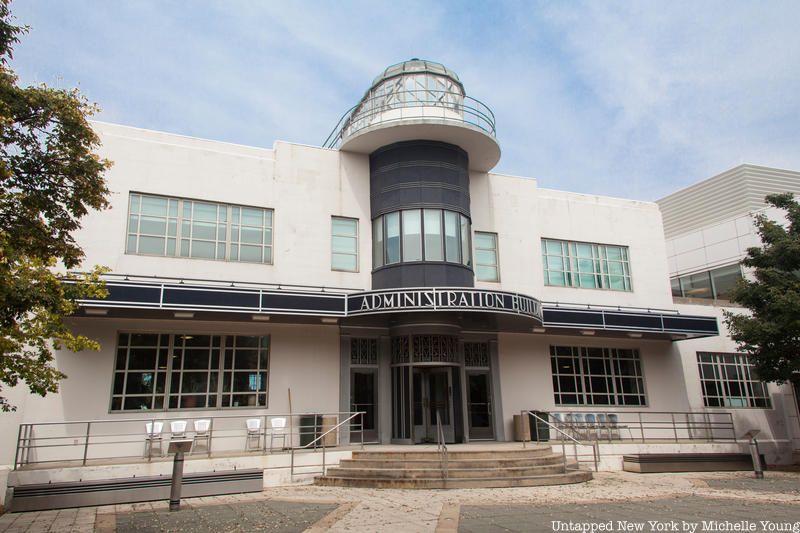
The trio of New York City airports—John F. Kennedy International Airport, LaGuardia Airport, and Newark Liberty International Airport—all occupy separate spaces in the hearts of New Yorkers. Recent renovations at LaGuardia Airport might shift fliers’ preferences. Nevertheless, Newark Liberty International Airport, the oldest airfield in the nation, boasts its own secrets.
Since its founding on October 1, 1928, Newark Liberty International Airport has acted as a landing ground for domestic, international, military, and postal service flights. The first plane to land at Newark, a four-passenger monoplane, graced the runway in August of that year. Commercial planes would follow after the airport’s completion in the coming months. Hailing from Washington, D.C., the plane set a precedent for thousands of planes that have followed it its wheel tracks.
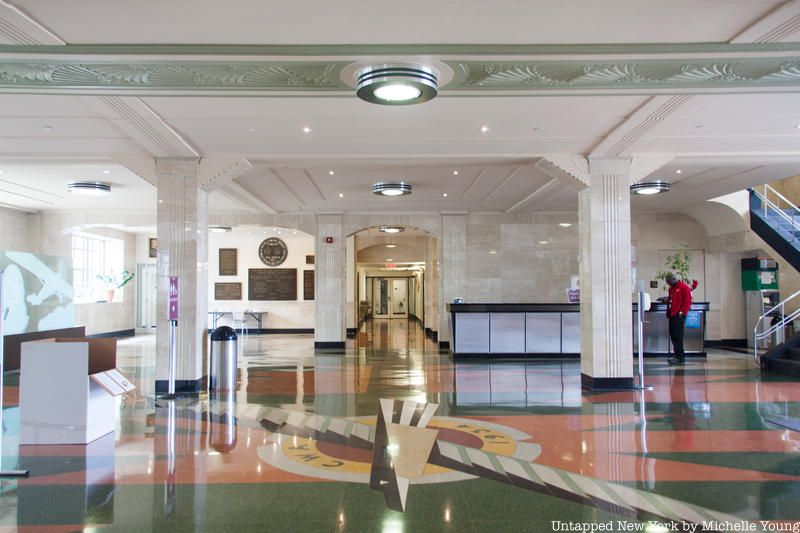
Built in 1935, Newark Airport’s original terminal was designed in the Art Deco style. This building, called Building 1, no longer acts as a terminal. However, architecture firm Beyer Blinder Belle directed efforts to turn it into a home for the Port Authority Police Department, airport administration offices, an operations center, and rescue and firefighting departments. This building is a National Historic Landmark.
The building’s original entrance is hidden in a courtyard, as airport leaders moved the entire building half a mile due to the possibility of a runway extension. During the move, the building was cut into thirds and later seamed together again. The building, which has since expanded 70,000 square feet, still contains the Art Deco-style decor, as well as elements of verticality. Art Deco font and semicircles characterize the entrance of the building. Public visitors can check out the lobby which has historic exhibits about the airport and aviation.
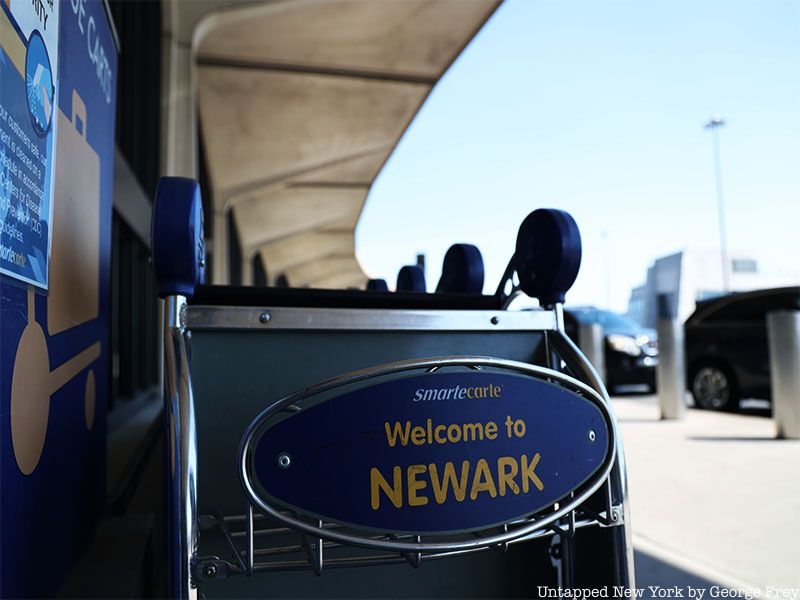
Air mail service has been available since 1918. The first airmail service started at Belmont Park in Queens and finished on the Washington, D.C. Polo Field. After Newark Airport established the first airport post office, mail traveled increasingly through this northern New Jersey industrial town.
Acting as the East Coast terminus of Air Mail, Newark was the most active landing strip in the United States during the 1920s and 1930s. Since then, other airports have surpassed it in air traffic, but mail continues to flow through the airport. FedEx is one of the airports largest tenants.

Newark’s Art Deco terminal once hosted ten murals sponsored by the Federal Art Project of the Works Progress Administration. Arshile Gorky, an Armenian-American Abstract Expressionism painter, created these murals, calling them “Aviation: Evolution of Forms under Aerodynamic Limitations.” Although time and neglect have destroyed eight of the murals, two of them are open for public viewing at the Newark Museum of Art.
These murals, which Gorky originally painted on large canvases, were hidden for decades under layers of paint. However, the Port Authority of New York and New Jersey found the hidden murals during an inventory operation of the airport. A reproduction of one of the murals exists in the original Art Deco terminal.
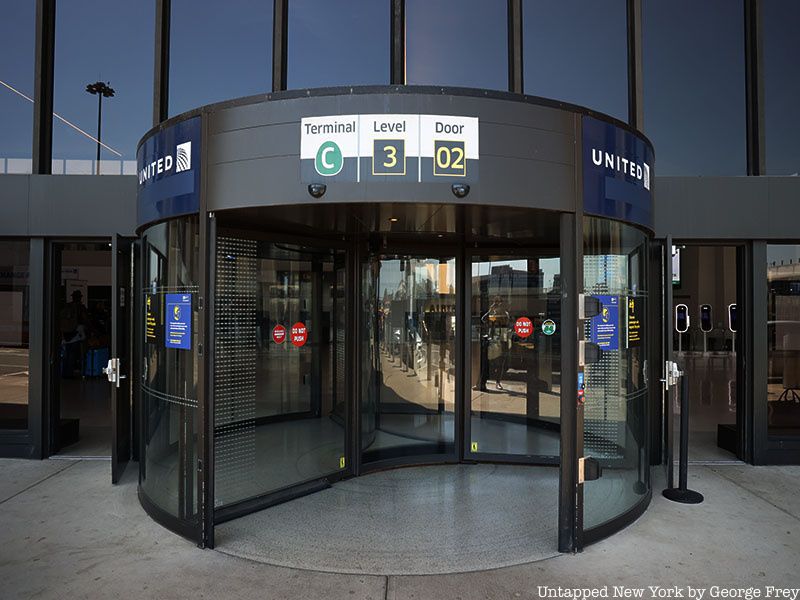
Newark Airport’s first secret restaurant opened in 2018. Crested by United Airlines, the restaurant, conveniently named Classified, is a hidden, invite-only restaurant based in Terminal C. Customers overlook planes landing and taking off as they eat dishes made from farm-to-table ingredients.
Customers can pay with card, cash, or frequent flyer miles after they enjoy a meal in the restaurant, decorated with stark whites and deep bronzes. Although the menu is not accessible to the public, one can check for an invitation by visiting the restaurant’s website.
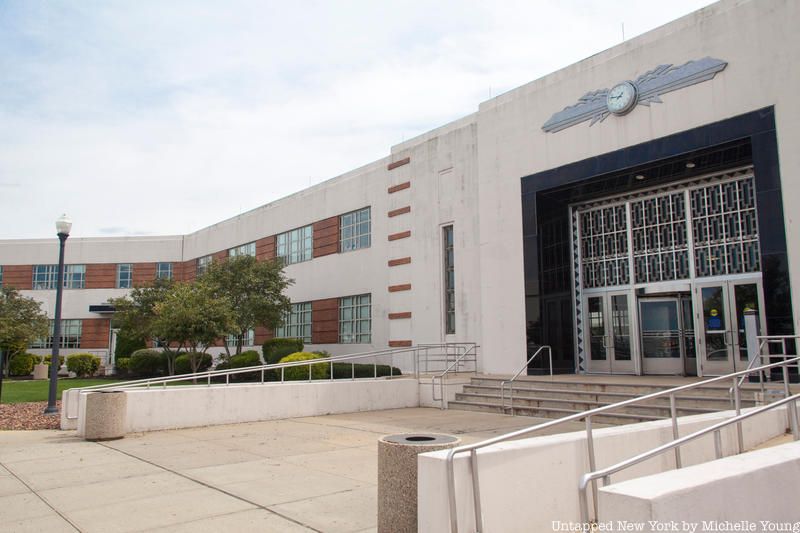
Amelia Earhart rose to fame as a talented pilot during the late 1920s and early 1930s. With such prestige attached to her name, Earhart was chosen to unveil the first airport terminal at Newark International Airport. Dedicating the building in 1935, Amelia Earhart was one of the many famous pilots who would later step foot in this airport.
Amelia Earhart, Wiley Post, and Charles Lindbergh all flew planes in and out of Newark Airport. Now, decades after those pilots landed for the final time, more than 2,000 flights touch Newark each week The pilots of these flights follow in the footsteps of the pilot giants who flew before them.

On September 11, 2001, United Airlines Flight 93 departed from Newark Airport. After departure, terrorists took over the plane that was supposed to fly towards San Francisco International Airport. The crew and passengers attempted to take over the plane, which is believed to have been headed towards the United States Capitol or the White House. Instead of hitting those important government buildings, the plane crashed in a field in Shanksville, Pennsylvania.
Following the tragic deaths of all the crew members and passengers on Flight 93, leaders of Newark International Airport felt the need to honor the losses experienced on September 11th. As a result, they renamed the airport Newark Liberty International Airport.

More than 50 food joints are open at Newark Liberty International Airport. However, that number is subject to increase. One such open restaurant—Tsukiji Fishroom—offers fresh sushi flown in from the Tsukiji Fish Market in Japan.
The Tsukiji Fish Market is the largest fish market in the world. Many revere the market for the high quality fish it sells daily. This grab-and-go fish counter in Terminal C allows travelers to access this fish with ease. Offering, sushi, nigiri, and sashimi bowls, Tsukiji Fishroom brings Japanese culture to travelers headed to different corners of the world.

The control tower was added in 1936, several years after Newark’s airfield opened, Joined by Chicago and Cleveland airports, Newark became one of the first U.S. airports with a control tower. It is atop the original Art Deco terminal and is not accessible to the public (although we had a chance to go inside!) The world’s first airport to ever have a control tower is Croydon Airport in the U.K., completed in 1920. Standing at 15 feet tall, the control tower just scratched the surface of air traffic control technology.
The airport’s newest control tower, completed in 2002, is called the Newark Liberty International Airport Air Traffic Control Tower. This new tower is 325 feet tall and remains besides the airport’s main parking lot.

Residing in Newark’s original terminal during World War II, the U.S. Army Air Corps shut down the airport for all commercial use. The airport resumed normal commercial service in 1946 following the end of the war.
During their time in the Art Deco Newark terminal, members of the Army used the space for logistics operations. As the U.S. Army settled in the terminal, they decided it was too small for their uses. This is one reason that the terminal’s use terminated shortly following the war. The airport resumed normal commercial service in 1946 following the end of the war.

Considering that Newark Airport is the nation’s oldest airfield, it is not hard to believe that the airport holds the record for many other firsts. Some of these firsts include paved runways, nighttime runway lighting, and radio beacons. However, one of the most significant firsts is an airport weather station.
Without an airport weather station, accurate meteorological information is less accessible. As a result, the addition of Newark’s weather station allowed for safer air travel. The U.S. National Weather Bureau maintained this station over the years.
Next, check out the top ten secrets of JFK Airport!
Subscribe to our newsletter